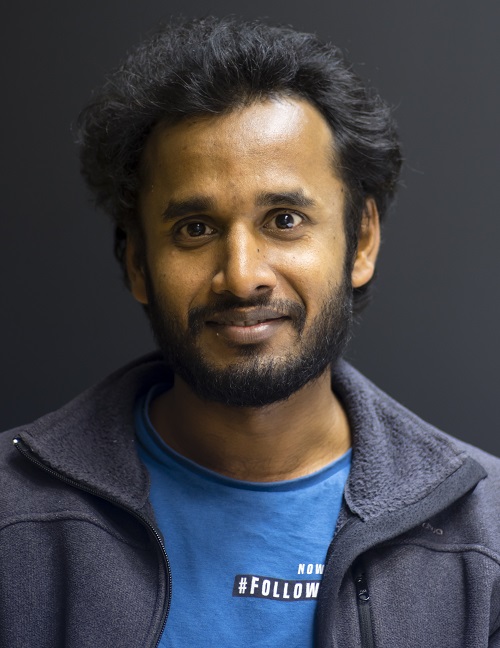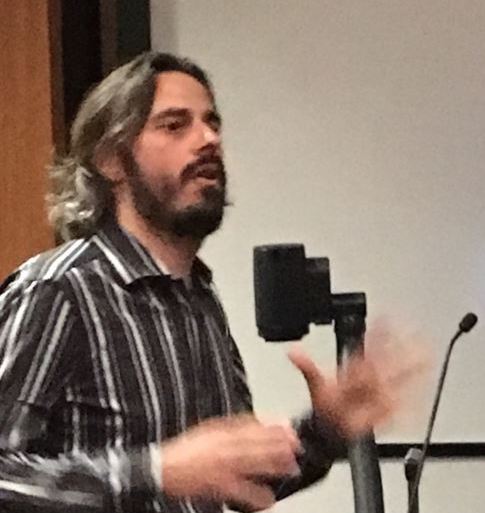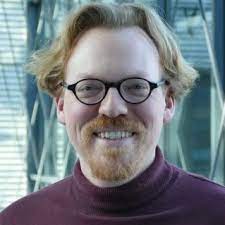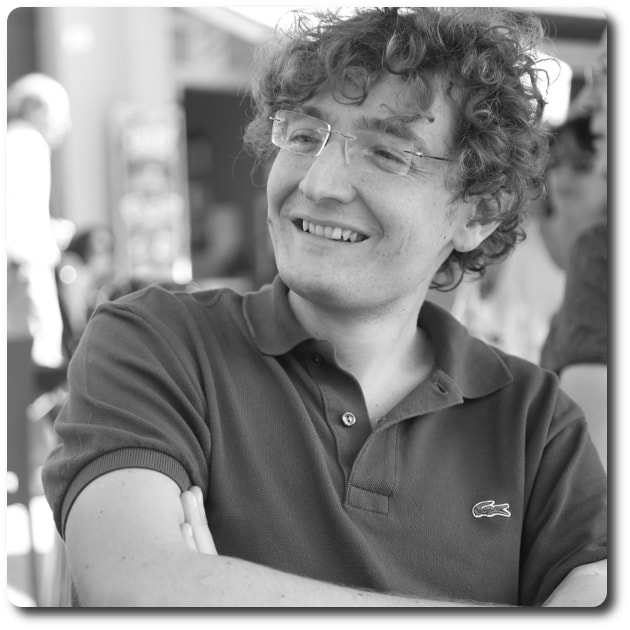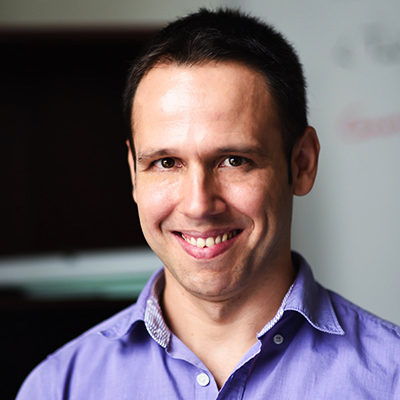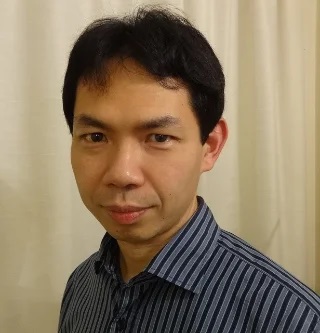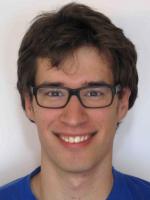Constraining ultralight scalar fields around the M87 black hole using the EHT shadow
9th September 2021, 4 PM (IST)
Pedro Cunha, University of Aveiro, Portugal
Abstract: Hypothetical ultralight bosonic fields will spontaneously form macroscopic bosonic halos around Kerr black holes, via superradiance, transferring part of the mass and angular momentum of the black hole into the halo. Such a process, however, is only efficient if resonant: when the Compton wavelength of the field approximately matches the gravitational scale of the black hole. For a complex-valued field, the process can form a stationary, bosonic field-black hole equilibrium state - a black hole with synchronised hair. For sufficiently massive black holes, such as the one at the centre of the M87 supergiant elliptical galaxy, the hairy black hole can be robust against its own superradiant instabilities, within a Hubble time. Studying the shadows of such scalar hairy black holes, we can constrain the amount of hair which is compatible with the Event Horizon Telescope (EHT) observations of the M87 supermassive black hole, assuming the hair is a condensate of ultralight scalar particles of mass ∼1E−20 eV, as to be dynamically viable. We show the EHT observations set a weak constraint, in the sense that typical hairy black holes that could develop their hair dynamically, are compatible with the observations, when taking into account the EHT error bars and the black hole mass/distance uncertainty. We will also discuss a recent theorem establishing that an equilibrium Black Hole must admit, under generic conditions, at least one circular Light Ring orbit outside the horizon. The proof relies on a topological argument and makes virtually no assumptions on the matter content or gravity model.

